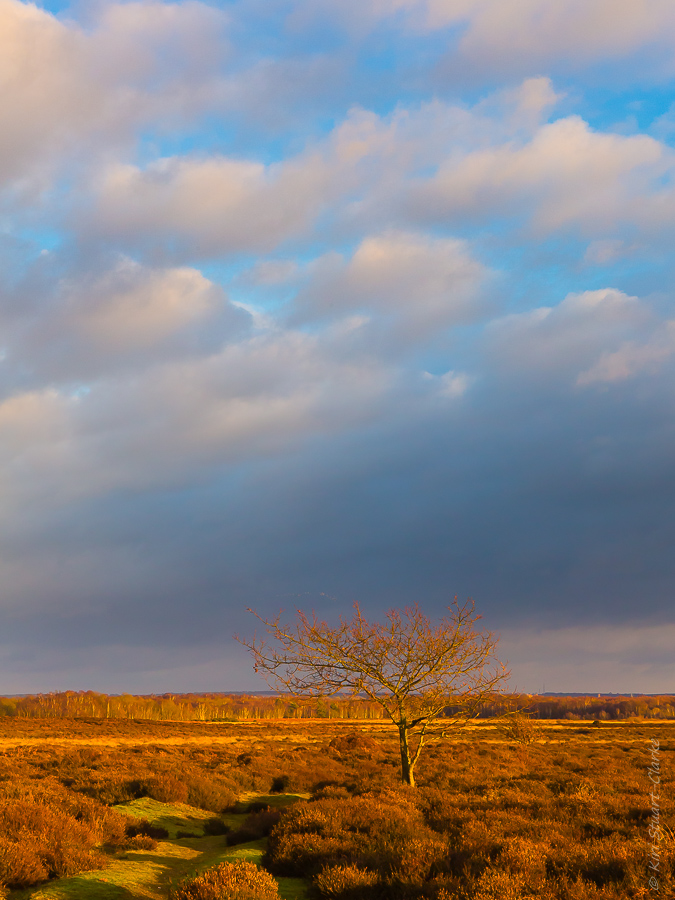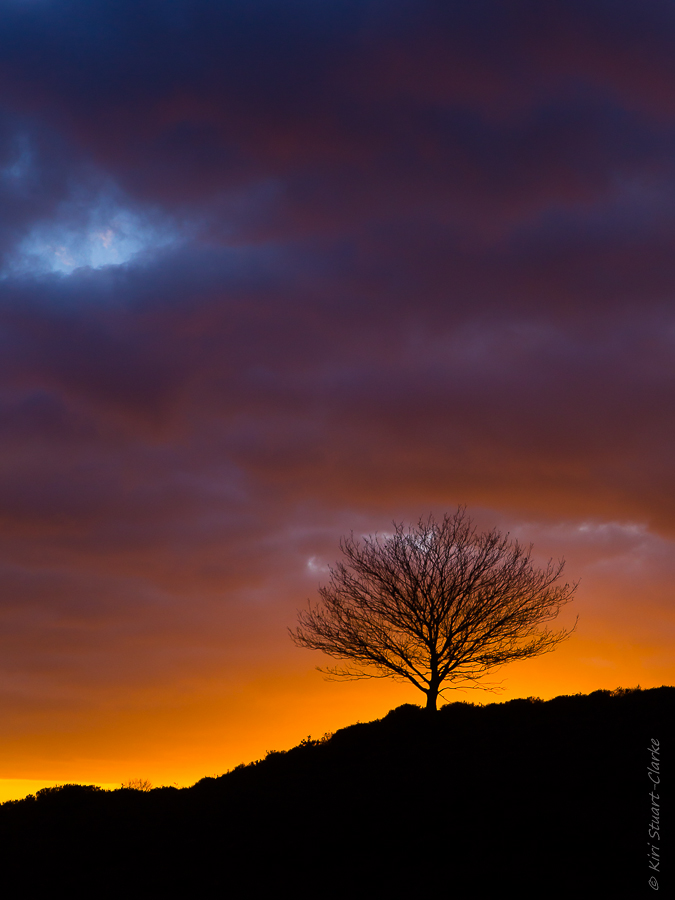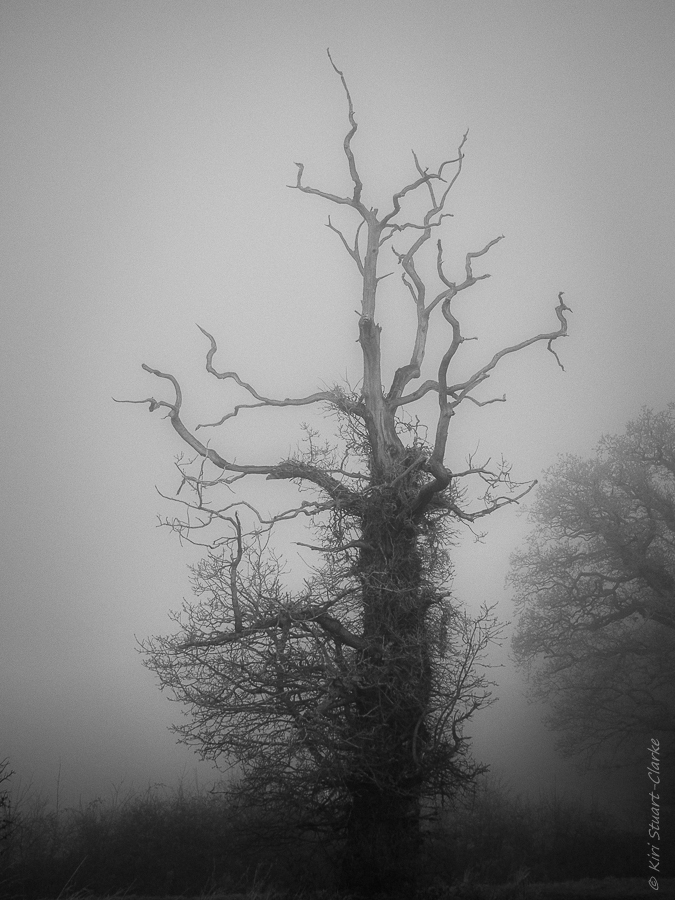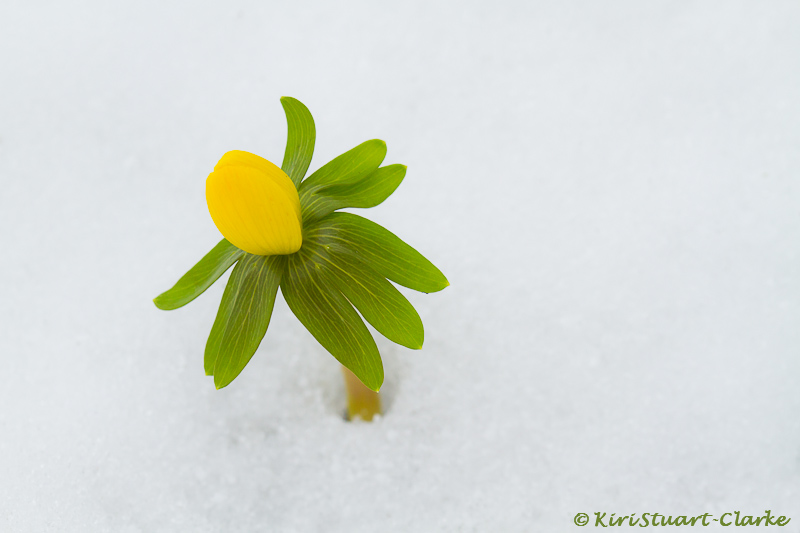With the synthetic cheer of the twinkling fairy lights of Christmas in the dim and distant past, the long dark trek to springtime always feels like a brutally hard slog.
The ground seems stark, barren and lifeless. Yet all the while beneath the surface plants and trees are quietly, imperceptibly getting ready to burst out from their winter buds.
Catkins, male flowers of many common native shrubs and trees such as Hazel (Corylus avellana) and Birch trees (Betula pendula) are among the earliest augurs of that yearned for spring. As the days rapidly lengthen, golden evenings start to appear, bathing the delicate, golden chains of late winter catkins in beautiful light.
In contrast to the deep chill and bitter Beast from the East last year, winter 2019 has been remarkably mild. This February has even proven to be the warmest one on record thanks to a brief flurry of sunny mild days that heartened us all with a tantalising promise, however fleeting, of warmer days to come. One mild evening in mid-February I took advantage of the rich late afternoon light during our "fool's spring" to do a little study of the Hazel and Birch tree catkins in my garden.
I learned that branches carry both male and female flowers with the male catkins emerging first. Hazel trees carry tiny little female red flowers that emerge soon after higher up the branch stem, whereas Birch trees have small, bright green, upward curving female catkins.
Catkin pollen is intended to be windborne to pollinate other trees, there being so few insect pollinators about at the time of year, so it has evolved to have a self-repelling quality meaning that bees and other insects struggle to collect much of it, although it is a food source for them at a time of scarcity.
Despite the luscious hue of light, the days rapidly turned back to chilly ones with even our fool’s spring warmth quickly forgotten. But soon, soon true Spring will burst forth in her lush green finery and the late winter gold fade out of memory.
Male Birch tree, betual penduula, catkins
Male Hazel tree, Corylus avellana, catkin in golden light
Close up of male Hazel tree, Corylus avellana, catkin
Male Hazel tree, Corylus avellana, catkin in the dying embers



